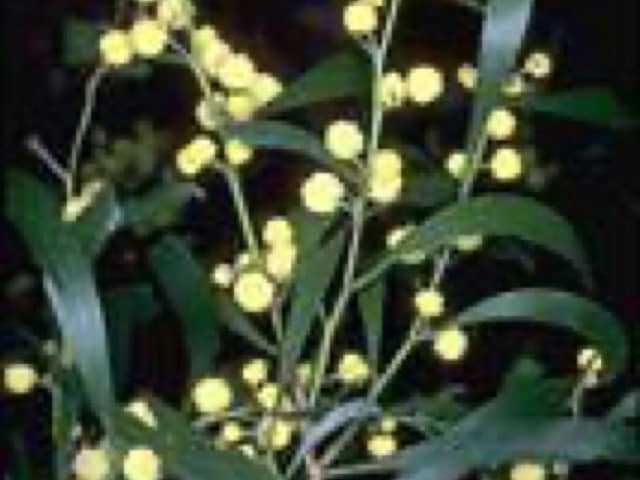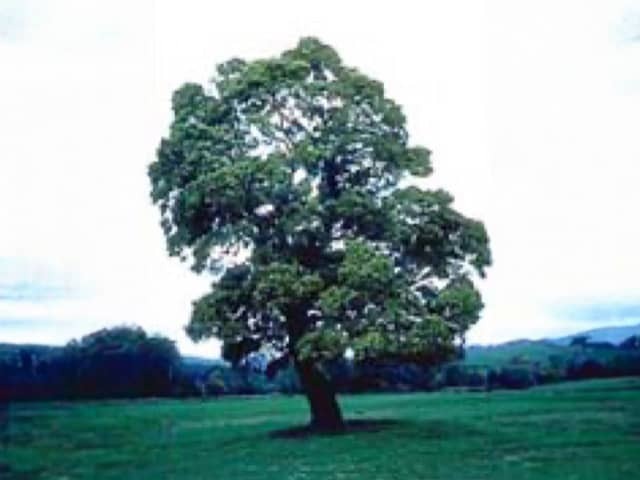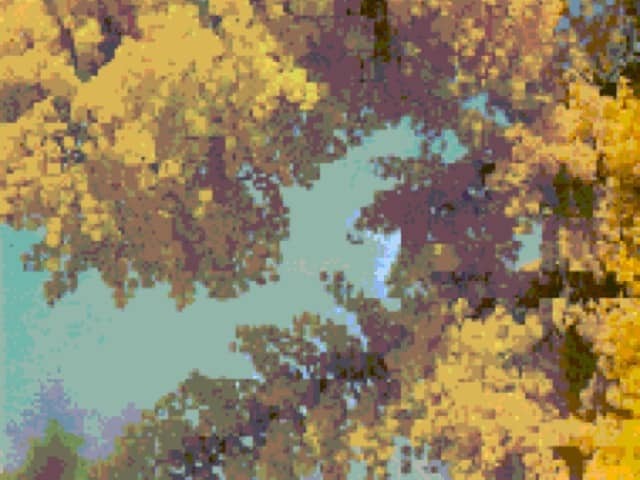Main menu
Common skin conditions

NEWS
Join DermNet PRO
Read more
Quick links
Common name: |
Australian Blackwood, Wattle or Acacia. |
Botanical name: |
Acacia melanoxylon |
Family: |
Leguminosae |
Origin: |
Native to south-eastern Australia. |
Description: |
An evergreen wattle with dense foliage, balls of cream flowers and twisted pods. Height: 20 m. |


Blackwood

Blackwood
Uses |
Gum arabic, derived from acacia (usually A. senegal), is used in the printing trade, and as a binding agent in the making of some medications. Gum arabic is also commonly used as a food additive. Because of its excellent timber properties, Australian blackwoods are increasingly being planted in New Zealand. Blackwood is used in making furniture, boats, musical instruments, etc. |
Allergens |
The allergens appear to be 2,6-dimethoxy-1,4-benzoquinone, acamelin, and melacacidin (in heartwood). |
Allergy |
Hand dermatitis has been reported after contact with both the wood and gum arabic. Sawdust is a problem, particularly in furniture makers. Hayfever, rhinitis, conjunctivitis and other respiratory problems are of increasing concern. The prevalence of allergy to acacias, as shown in a number of Australian and Asian studies, is increasing. |
Cross-reactions |
Meranti (Shorea spp.) and some kinds of Mahogany. |
Other information |
|
Patch test |